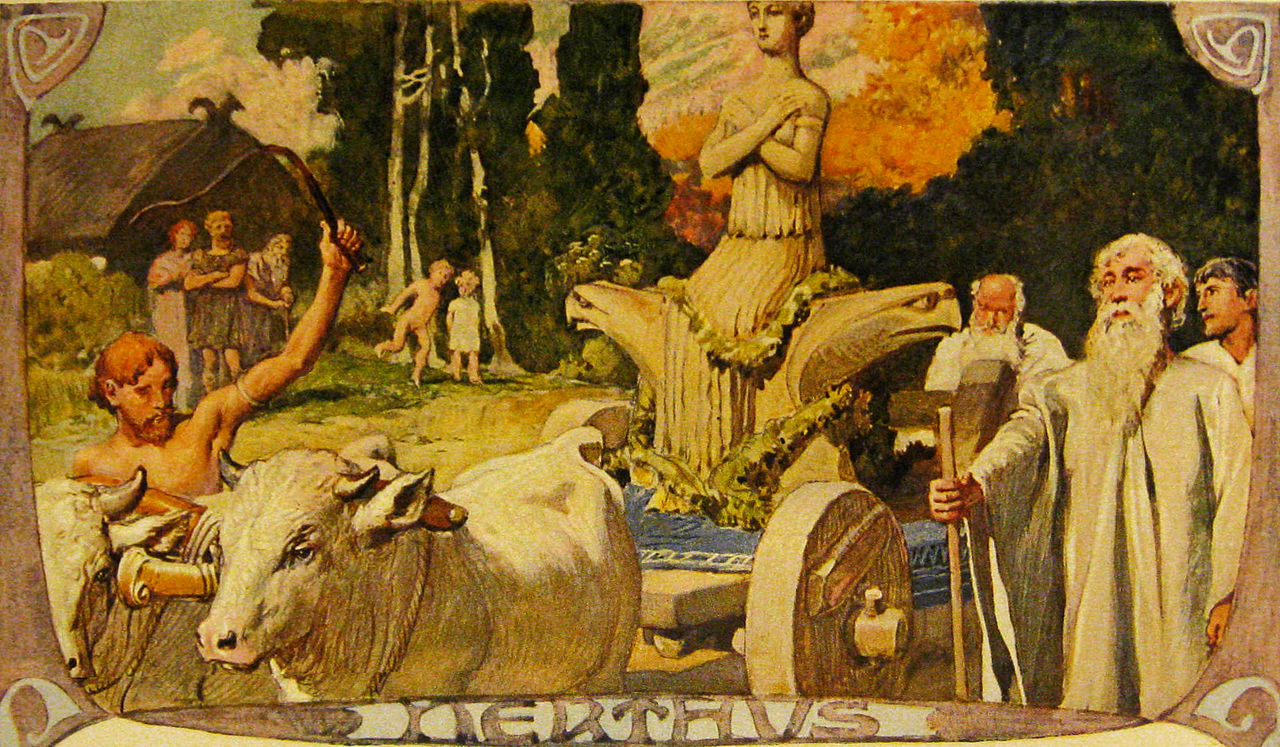According to Norse cosmology, Vanaheim and its gods are associated with soothsaying, fertility, magic, and wisdom, as opposed to Asgard, the realm of war and power. Consequently, Vanir (or Vanr) gods and goddesses possess abilities that are gentler and more related to agriculture, magic, and love.
Who Are the Vanir gods?
| Vanir God/ Goddess | Association |
| Frigg | Wife of Odin and most famous of all Norse goddesses |
| Njord | God of the sea, winds, and prosperity |
| Freyr | Son of Njörd and a god of fertility and fair weather – ruler of Alfheim and a Swedish king |
| Freyja | Goddess of fertility and daughter of Njord – married to Óðr |
| Gullveig | Goddess and practitioner of seiðr |
| Kvasir | God of wisdom – killed by dwarves who mixed his blood with honey to create the mead of poetry |
| Nerthus | An early feminine etymological form of “Njord” – some sources report Nerthus as the sister and wife of Njord and a fertility goddess |
1. Frigg
Frigg is the wife of Odin and the mother of the “gleaming god” of light, Baldr, Hermod (the messenger of the gods), and the blind god Hodr (twin of Baldr). Thor is not Frigg’s son, although she did raise him.
Frigg is associated with fertility and marriage, and she certainly seems to be a loving mother, although some stories depict her as not being a faithful wife to Odin. However, there are extenuating circumstances surrounding some of these events.
Frigg’s most frequently attributed powers are her intelligence, soothsaying, and prophecy. She is also often strongly associated with marriage, childbirth, and motherhood.
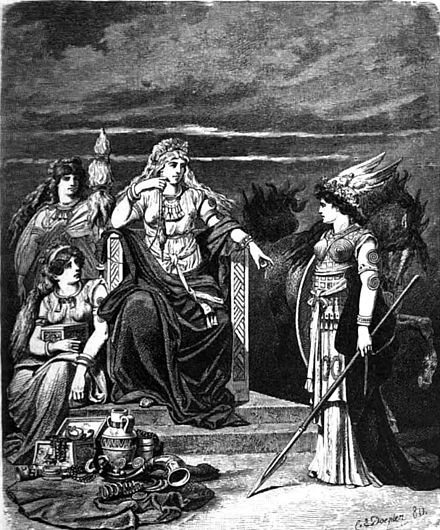
2. Njord
Njord is the first Vanir god and lives in Nóatún (Old Norse: Njörðr; meaning: “ship-enclosure”). According to the Gylfaginning section of the 13th-century collection of Norse tales by the Islandic politician, historian, and poet Snorri Sturluson, Nóatún is a port located “in Heaven.”
Texts identify Njord with the sea and seafaring, the winds, wealth, and crop fertility.
Njord appears as a beloved mythological early king of Sweden in another work by Sturluson, Heimskringla, a book of tales about Norwegian and Swedish kings.
Abundant harvests, peace, and prosperity characterized Njord’s reign, so much so that the people believed he could control crops and wealth. His body was burnt in tribute by the Swedes when he died, and there was great mourning. Freyr succeeded him as reigning monarch.
There is no conclusive evidence about Njord’s wife and the mother of his children. Some sources indicate he married his sister, and she bore Freyr and Freyja. His marriage to Skaði was not destined to last as they were ill-suited and preferred vastly different lifestyles. Skaði was not the mother of his children.
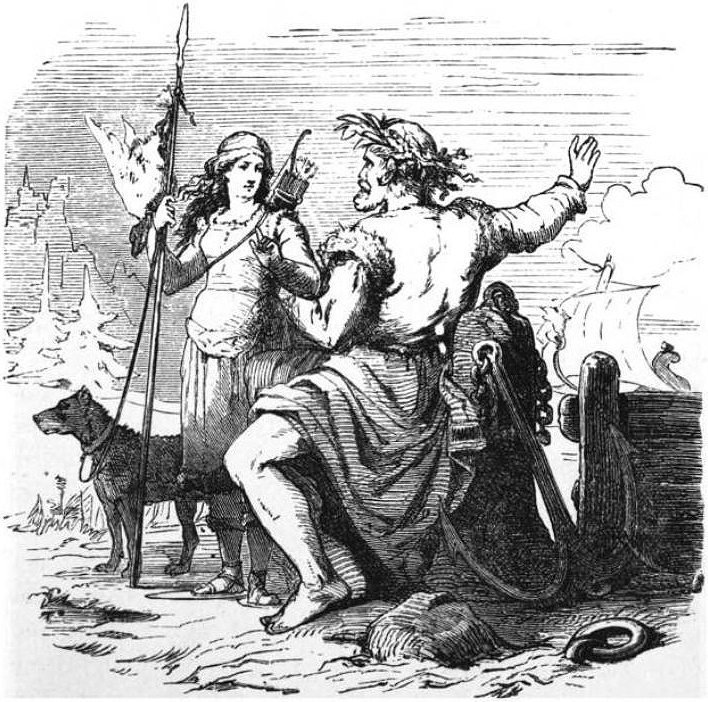
3. Freyr
Freyr succeeded his father as king of Sweden. He is also well-loved and presides over many bountiful harvests. Proof of Freyr as a fertility god is evident when you see many of his images feature a large phallus.
The gods made Freyr ruler of the elf kingdom, Alfheim. He rides the golden-bristled boar Gullinbursti, created by dwarves, and owns the ship Skíðblaðnir, described as the finest vessel ever constructed. Skíðblaðnir always finds good winds and folds away into a bag when necessary.
Freyr fell in love with the jotunn Gerðr (Gerd). However, to become her husband, he had to relinquish his magic sword, which could wield itself if the user were wise enough. Freyr had to fight the jotunn Beli without the sword but killed him with an antler. The prophecy of Ragnarök decreed that Surtr would kill Freyr during this end of days.
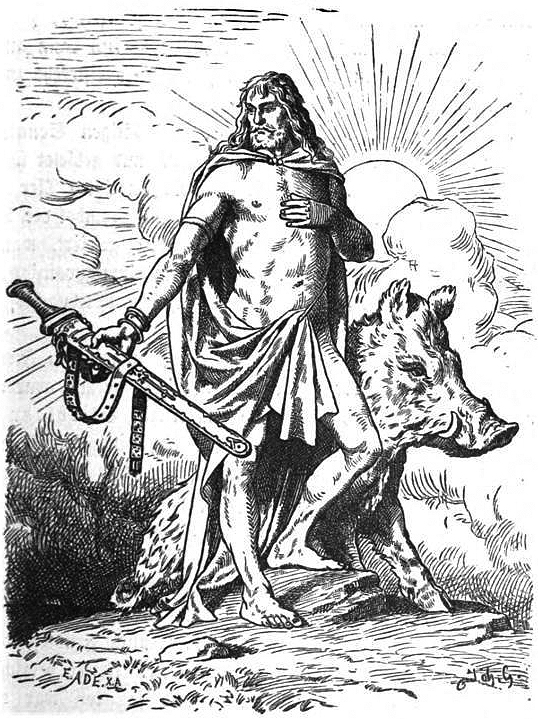
4. Freyja
Freyja (Freya) is Freyr’s twin sister. She is the most famous goddess in Viking society, along with Frigg. Not only is she the masterful practitioner of a magic called seiðr, but she is also the Norse goddess of love, fertility, beauty, sex, gold, and war.
Freyja’s powers are typical of Vanir gods: gentle and related to agriculture, magic, and love. She had two daughters with her husband, Óðr: Gersemi and Hnoss.
Neil Price, an English archaeologist, specializing in Viking Age Scandinavia, mentions that Thor presented Freyja with two cats which she uses to pull her chariot. Freyja has a boar called Hildisvíni.
You will often see images or paintings of her wearing the fire necklace or torc, Brisingamen. Freyja also owns a fjaðrhamr, or cloak of falcon feathers.
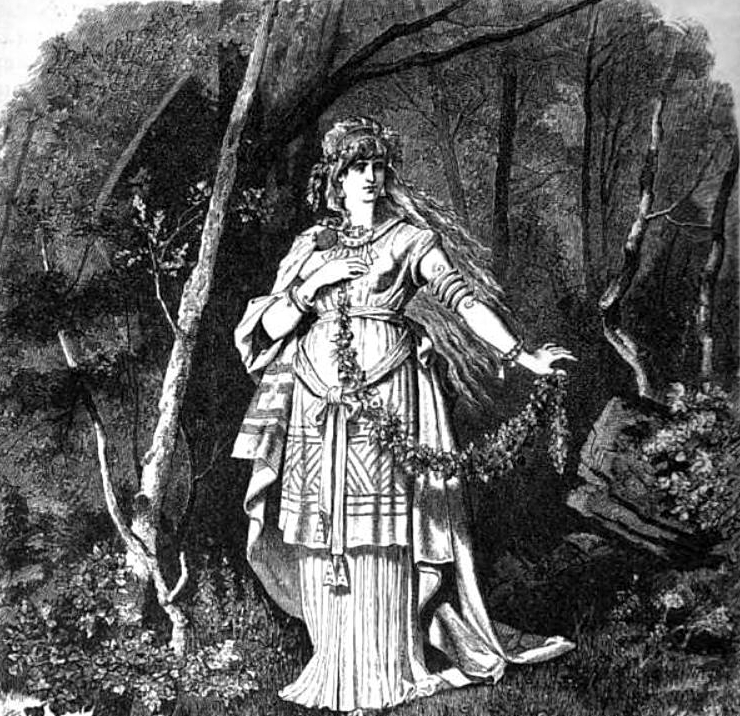
5. Gullveig
Gullveig is a sorceress skilled in the ways of seiðr.
Two stanzas from the Völuspá may indicate that the Æsir-Vanir war may have started after Gullveig came to Odin’s Hall in Asgard. Warriors stabbed her with spears and burnt her three times – she returned to life on each occasion. On her third reincarnation, she took the identity of Heiðr.
Gullveig is depicted as a witch or völva (or seeress – a sorceress and soothsayer) and often has associations with gold.
Gabriel Turville-Petre, John Lindow, and Simek have postulated the theory that Gullveig/Heiðr is the same figure as Freyja.
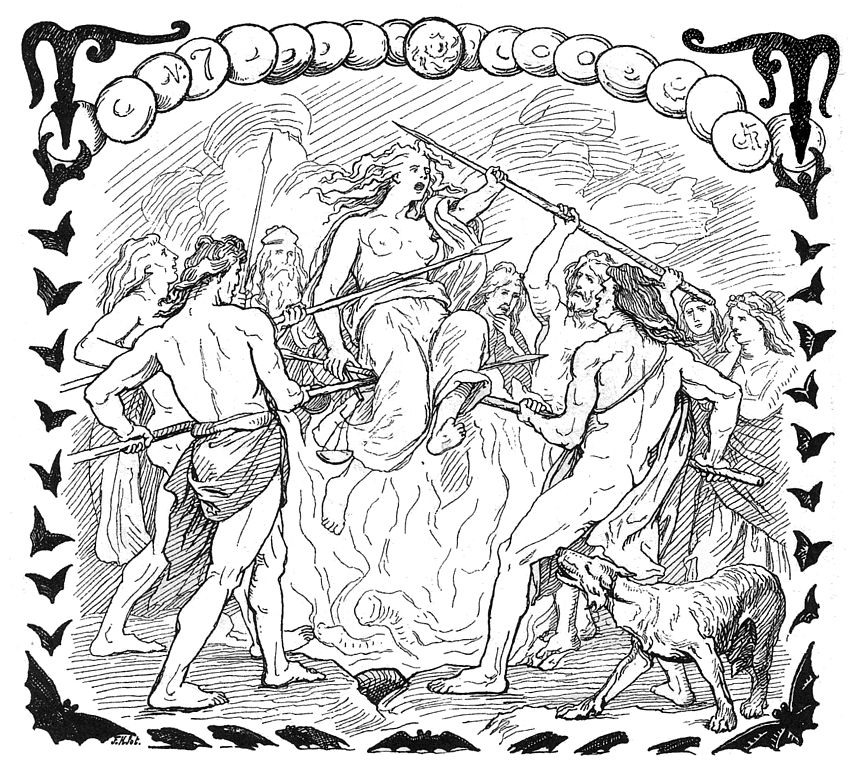
6. Kvasir
Two dwarves, Fjalar and Galar, killed the spreader of wisdom, the Vanir Kvasir (born of the saliva of the Æsir and Vanir), added honey to his blood, and created the magical mead of poetry.
Drinking this mead gives wisdom and the gift of skaldship: the ability to compose the complex and sophisticated Skaldic poetry.
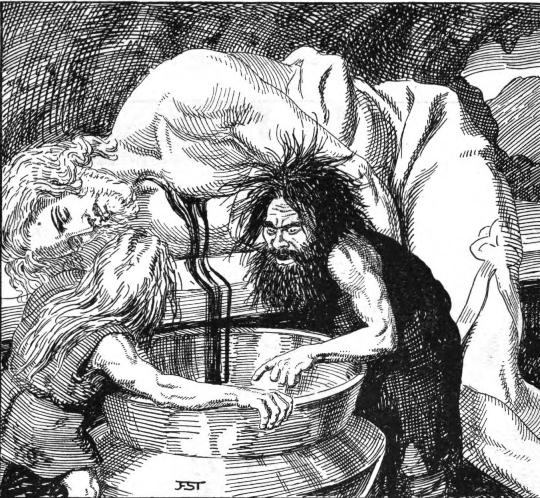
Who Created the Vanir Gods?
There is no firm record stating how Vanaheim or its gods came into being. The first Vanir in any tales or poems is Gullveig in the Völuspá.
Vanaheim Origins
There are attestations of Vanaheim (also known as Vanaheimr) in the Poetic Edda, a 13th-century compilation of works using earlier, traditional sources. They also appear in the Prose Edda and the Heimskringla, 13th-century works by the Islandic politician, historian, and poet Snorri Sturluson.
Some scholars claim that Sturluson invented Vanaheim. However, an original Old Norse poem mentions the realm by name, and we can be relatively sure Vanaheim was a genuine part of Old Norse mythology.
Popular opinion often claims that Norse mythology cites opposites of geographical regions and psychological states as “Innangarðr “(Innangard) or “Útgarðr” (Utangard). “Innangarðr” means “within a fence,” and “Útgarðr “means “outside a fence.” The idea is that somewhere, “Innangard “is controlled, peaceful and serene, while something “Utgard” is hostile, wild, and anarchic.
Two of the nine realms are Innangard, Asgard, and Midgard. Because these lands contain “gard” in their name, we can suppose they are inside a fence and therefore possess an element of control.
The other seven realms end in “heim” (or home) and would indicate lands of a wilder nature in terms of their inhabitants and environment.
Some sources may contradict this theory because they depict Vanaheim as fertile land suitable for agriculture and fishing.
Who Is the Leader of the Vanir and Vanaheim?
Before the war of the gods, Njord was the ruler of Vanaheim but not the king. Hœnir became the first king of Vanaheim, although his reign was short-lived. The subsequent rulers had relative autonomy thanks to the influence of Frigg and the legacy of the Æsir-Vanir War.
Stanzas from the 13th-century Ynglinga saga in Heimskringla, the Icelandic Snorri Sturluson’s series of tales about ancient Scandinavian kings, mention the failure of peace talks between Vanaheim and Asgard and the beginning of the war. According to chapter four of Heimskringla, it was keenly contested, despite Odin assembling a massive army of Asgardians.
The Vanaheim fought fiercely, and conflict raged across Asgard and Vanaheim, with the chapter describing the damage sustained to both lands.
Eventually, the two sides declared a truce and agreed on an exchange of hostages. According to chapter 23 of Gylfaginning, Vanaheim sent its most important people to Asgard: Njord, Freyr, and Freyja were exchanged for Hœnir, whom the Vanir thought would be a great leader. Asgard also exchanged the sage Mímir for Kvasir, who Sturluson described as the wisest man in Vanaheim.
Hœnir became the king of Vanaheim and appointed Mímir as his advisor. However, it soon became apparent that the chief could not make any decisions on his own, always answering, “let others decide,” when asked to make a ruling without Mímir by his side to advise him.
The Vanir felt cheated by the exchange and, rather than making an example of Hœnir, beheaded Mímir instead and sent the head to Asgard.
Are Elves Vanir?
Freyr is the ruler of the elf realm, Alfheim, and Alaric Hall writes in Elves in Anglo-Saxon England (2007) that at least one poem in Old Norse mythology describes the Vanir as elves. However, generally speaking, poetry and texts depict them as separate peoples.

